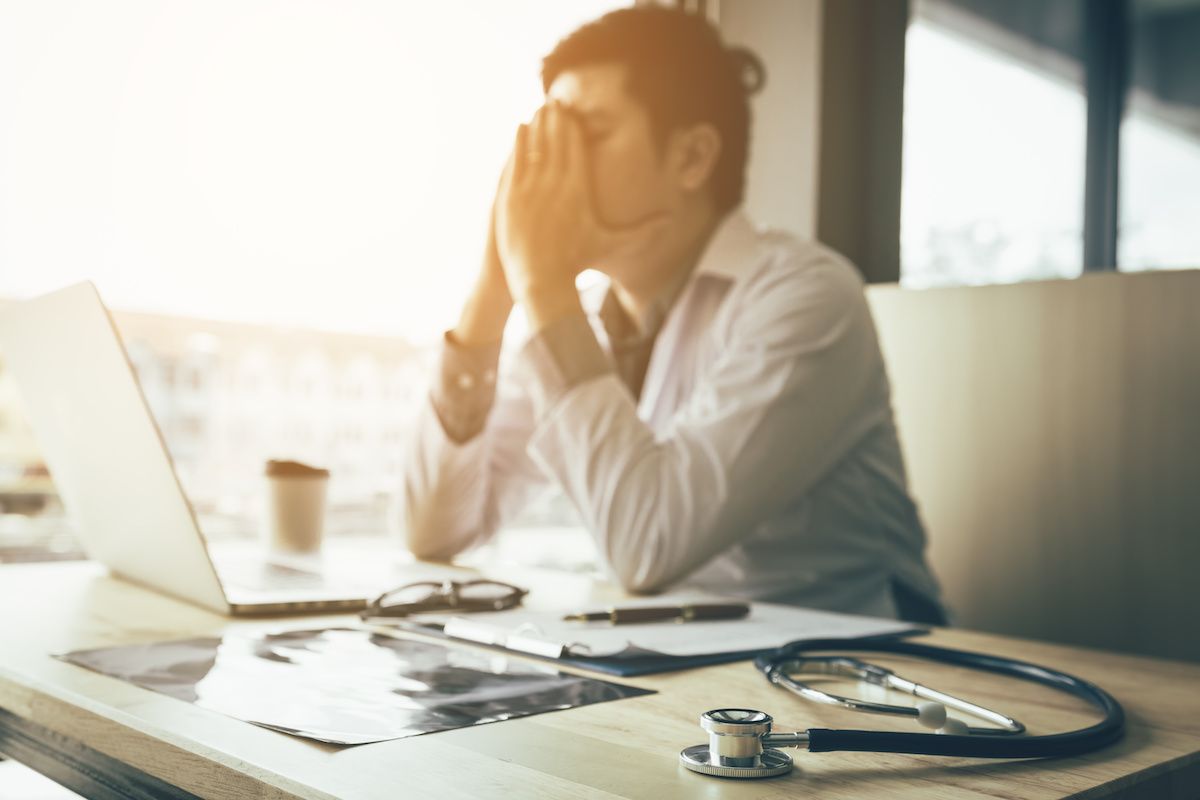News
Article
UPDATE: Focus on finance #35
Bankruptcy soars; college costs; tax refunds
UPDATE
Focus on Finance
By Yvonne Chilik Wollenburg
Bankruptcy soars
Overwhelmed consumers filed for bankruptcy at historic rates in 2002, says the Administrative Office of the US Courts. A total of 1.6 million bankruptcies were filed last year, up nearly 6 percent from the previous year. More than 97 percent of the cases were filed by individuals rather than businesses, as consumers bogged down in excessive debts.
Bargain schools are getting pricier
Tuition and fees at four-year public colleges and universities rose by up to 24 percent for the 2002-'03 school year, says the National Center for Public Policy and Higher Education. The largest increase came in Massachusetts, where tuition jumped from $3,295 to $4,075 a year. Tuition went up by at least 10 percent in 19 states.
At the same time, many states also skimped on student aid, including Massachusetts, which chopped 24 percent from its financial aid package, Rhode Island (20 percent), Nebraska (15 percent), Utah (14 percent), and Connecticut (13 percent).
Stable earnings mean stronger returns
Stocks with high marks in Standard & Poor's earnings and dividend rankings outperformed the S&P 500 Stock Index from 1986 through 2002, says the equity research and rating firm. Portfolios of stocks with the highest A+ rating returned an average of 12.3 percent over the 17-year period, compared to 10.8 percent for the S&P 500. Portfolios of stocks with an A rating, the second highest, returned an average of 11.6 percent over the same time period. According to S&P, these companies also appear less likely to dabble in questionable accounting practices.
Check with Online Updates for more news
Variable life insurance: Worth the trouble?
Variable life insurance plans are so complicated that consumers should consider first more-traditional tax-sheltered investments, says a report by the Consumer Federation of America. Nevertheless, the policies, which combine features of term life insurance policies and a mutual fund, have become the most popular type of cash value life insurance policy sold in America.
You'll generally shell out up to 1.62 percent of your assets in investment management charges for these policies; in addition, you could pay surrender charges that exceed your first year's premium if you cash out the policy in fewer than 10 or 15 years. For help in evaluating a variable life insurance policy that you already have, or are considering buying, check out the CFA's Life Insurance Rate of Return Service. For $55 to $75, you'll get a computer printout showing the average rate of return you can expect over the life of the policy. For more information, log in at www.evaluatelifeinsurance.org .
Do you know where your tax refund is?
Early bird taxpayers who are expecting a refund can find out where their check is by logging in at the IRS' Web site. E-filers can start tracking their refund online within 72 hours of filing their returns. If you sent in a paper return, you'll have to wait about three to four weeks to track your refund online. Go to www.irs.gov and click on "Where's My Refund?" Make sure you have handy your Social Security number and the exact amount of your refund.
College grads face steeper bills
Average student debt for undergraduates shot up 66 percent in five years to nearly $19,000 in 2002, says Nellie Mae, the student loan company. Students at private four-year colleges borrowed the most, an average of $21,200, while those at public four-year colleges owe an average of $17,100. Going to graduate school added nearly $32,000 to students' debt burden, an increase of 51 percent since 1997. Students who go to law or medical schools carry the largest burden of allan average combined debt, for undergraduate and graduate school, of $92,000.





